%[if %id=warehouse%]%

%[else]%
%[endif]%
%[if edit]%
... ... ... ... ... ... ... ... ... ... ... ... ... ... ... ... ... ... ... ... ... ... ... ... ... ... ... ... ... ... ... ... ... ... ... ... ... ... ... ... ... ... ... ... ... ... ... ... ... ... ... ... ... ... ... ... ... ... ... ... ... ... ... ... ... ... ... ... ... ... ... ... ... ... ... ... ... ... ... ... ... ... ... ... ... ... ... ... ... ... ... ... ... ... ... ... ... ... ... ... ... ... ... ...
%[endif]%
Working with the supervising sound editor, we flag problems with the existing edit that need to be addressed. Possible problems include noises on lines, or even words that might be distracting or even rendering the line unusable. We need to decide whether this problem is fixable, either by finding an alternate from another take, or using various
software repair tools to mitigate the problem enough that it may be masked in the mix. My job will be to try and repair the line, either by editing around the problem, finding an alternate take that I can use in place of the bad line, or by using noise reduction software to try and fix the problem to an acceptable level that might be able to be masked by other sound fx. Our goal is to minimize the amount of lines that an actor has to replace later on in the editing process. If a problem isn’t fixable, the actor will need to come into a studio environment for a looping session, commonly known as ADR, to replace the affected line or word.
 %[else]%
%[else]%
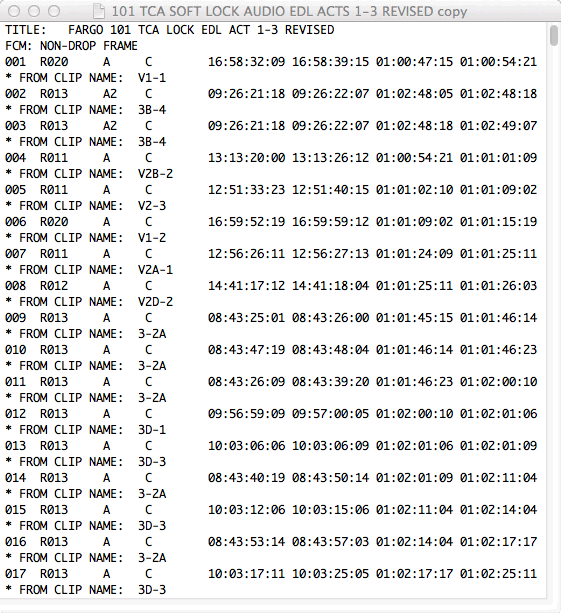 %[endif]%
%[if edit]%%[endif]%
%[endif]%
%[if edit]%%[endif]%

 %[else]%
%[else]%
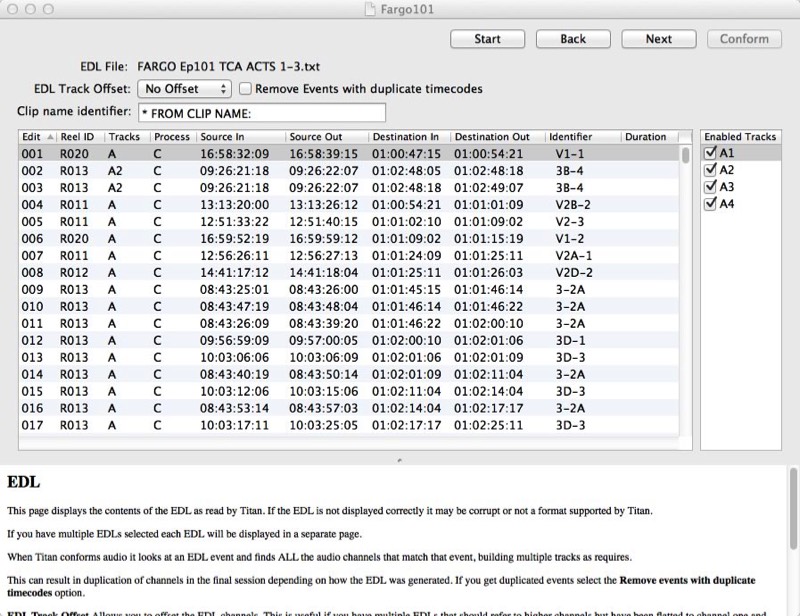 %[endif]%
%[if edit]%%[endif]%
%[endif]%
%[if edit]%%[endif]%

 %[else]%
%[else]%
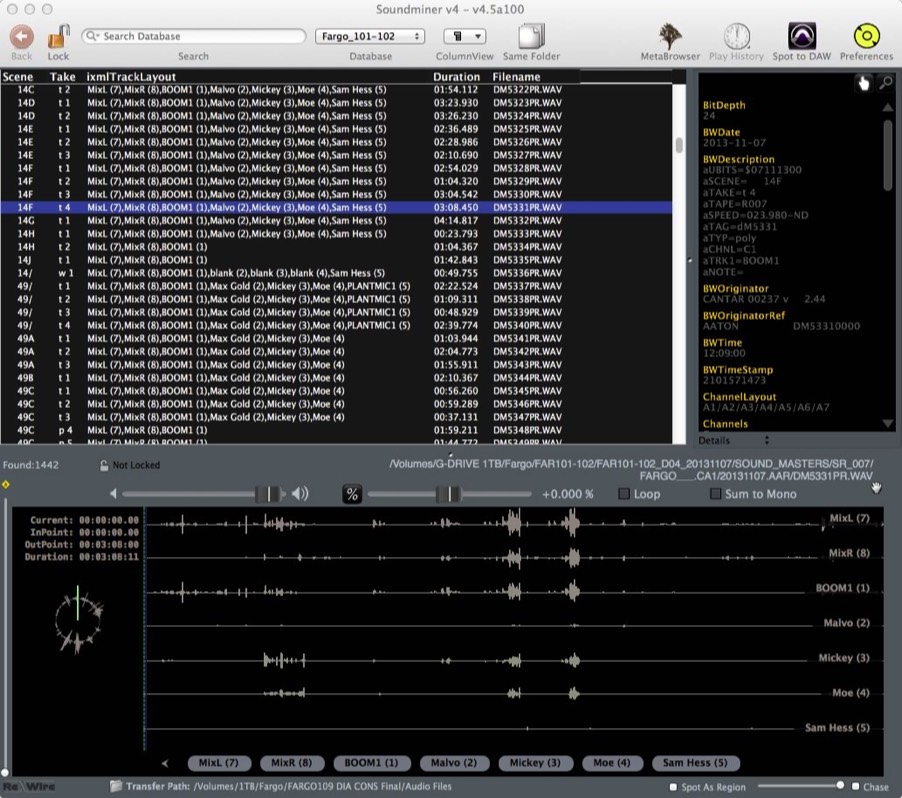 %[endif]%
%[if edit]%%[endif]%
%[endif]%
%[if edit]%%[endif]%

 %[else]%
%[else]%
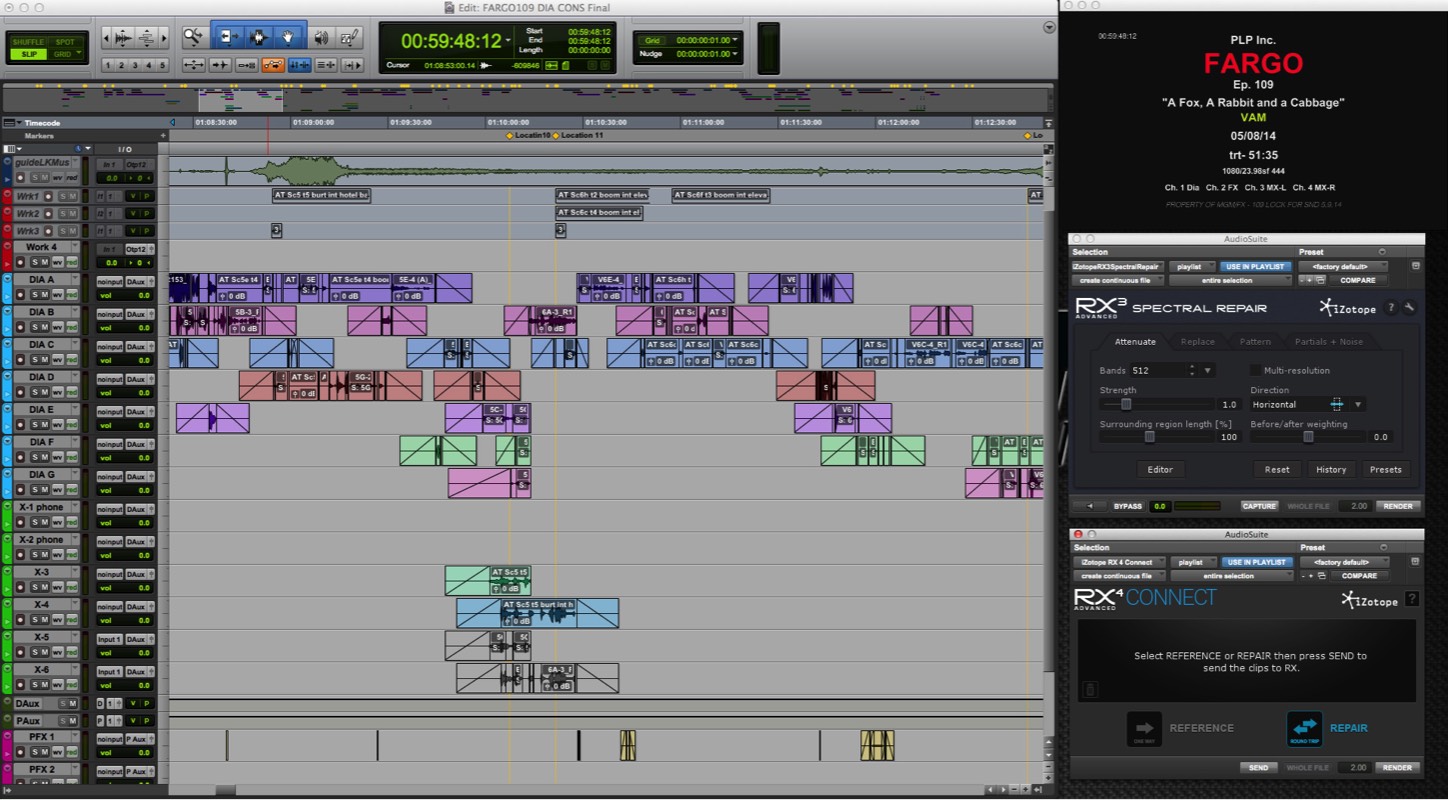 %[endif]%
%[if edit]%%[endif]%
%[endif]%
%[if edit]%%[endif]%

 %[else]%
%[else]%
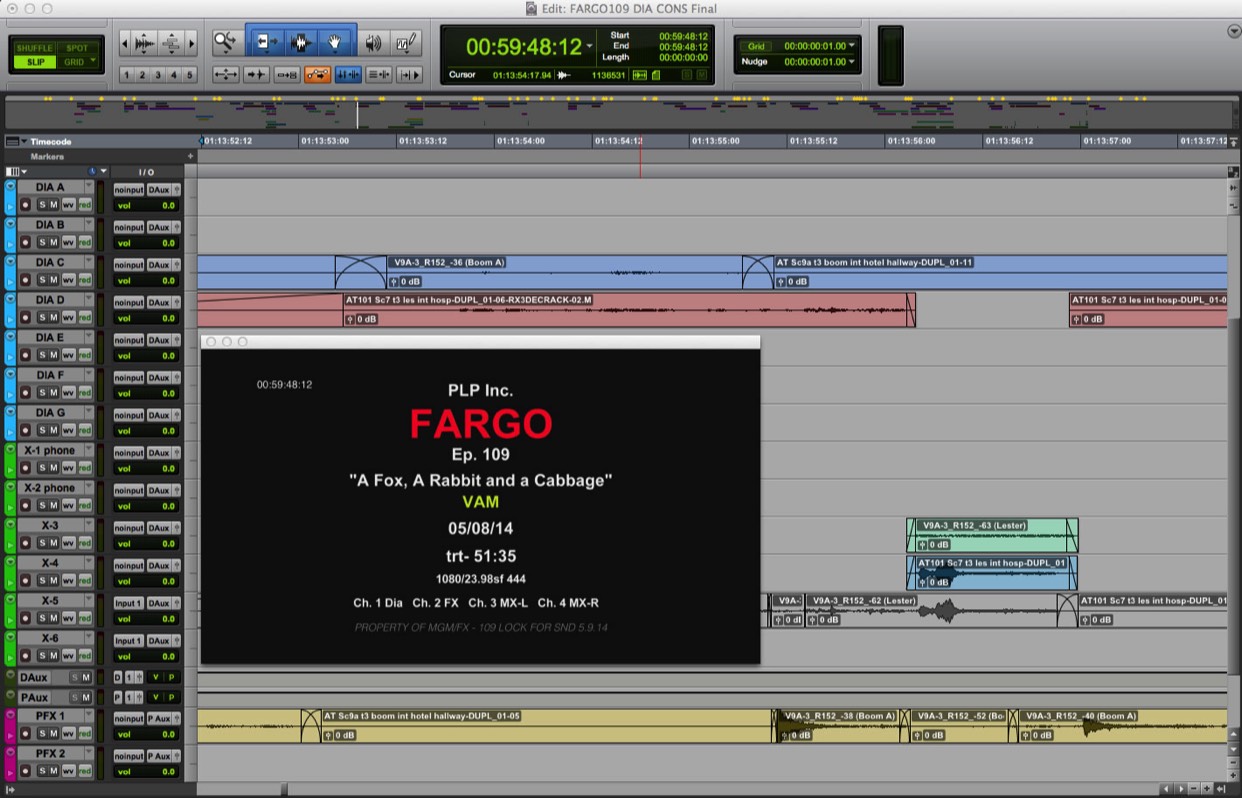 %[endif]%
%[if edit]%%[endif]%
%[endif]%
%[if edit]%%[endif]%

 %[else]%
%[endif]%
%[if edit]%%[endif]%
%[else]%
%[endif]%
%[if edit]%%[endif]%
 %[else]%
%[endif]%
%[if edit]%%[endif]%
%[else]%
%[endif]%
%[if edit]%%[endif]%